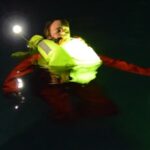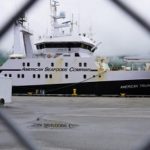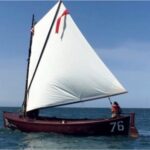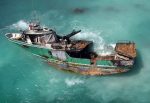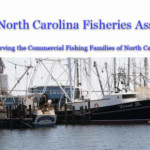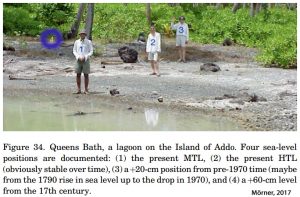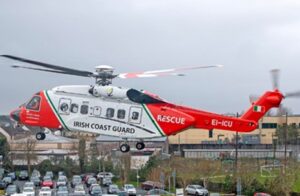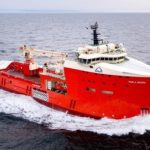Tag Archives: “Trawlgate” controversy
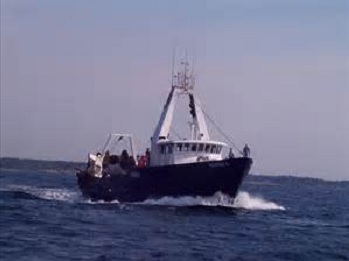
Looking Back: Mistrust between scientists, fishermen mars key mission
From the lightly swaying deck of his 98-foot trawler, Matt Stommel points out the scene of the crime, lit now in the deep orange of approaching sunset. Stommel’s boat, the Nobska, is docked on the Woods Hole waterfront here, with an easy view of the government laboratory charged with counting New England’s fish. It was from this perch, Stommel recalls, that he watched as workers marked a steel cable from an aging research vessel, the Albatross IV, on a freezing day in the winter of 2000. What he saw that day filled him with a skipper’s disgust. For the next two years, Stommel pleaded with scientists to check the cables and even offered to pay for the test himself. Last fall, the center admitted he was right,,, The episode, dubbed “trawlgate” on the docks, still casts a long shadow over New England’s imperiled fishery. >click to read< 07:20
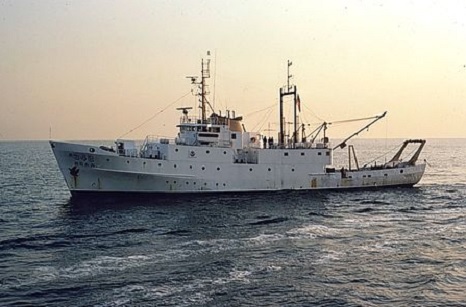
Observations from the Albatross IV Correctional Cruise by Captain Jim Lovgren
Five New England fishermen and myself met at Woods Hole Ma. On the evening of Tuesday, Sept. 24, 2002, to board the N.O.A.A. Research Vessel Albatross IV. The other fishermen were Jim Odlin, Sam Novello, Bud Fernandes, Matt Stommel, and Steve Lee. We met with Steve Murawski, (who did not go out on the trip) and with Henry Milliken, and Russell Brown who were in charge of reviewing the fishing and filming of this short cruise. Individually we walked around the vessel and checked out the net and gear. As I was the last fisherman to arrive, the gear, (which was laying on the deck) had already been closely scrutinized by the other fishermen, and some problems had been identified. >click to read< 08:04
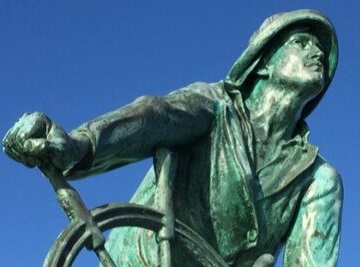
Finding Common Ground Off to a bad start
The opinion piece “Finding common ground on fisheries data”, reflects the biggest impediment to solving the problems it addresses – lots of false assumptions. First and foremost is blaming reductions in survey fish stocks on “overfishing”. Yes, overfishing did occur when massive, mostly foreign, commercial fishing operations scooped up fish stocks indiscriminately, often purging the bottom of everything needed to sustain acquatic life. But this was not done by the small boats of the New England fishing communities, which now, after thirty years of draconian restrictions, are no longer capable of catching enough fish to sustain their boats and their families — never mind “overfishing”. >click to read<, Capt. Salvatore “Sam” Novello, Gloucester, Mass. 08:30
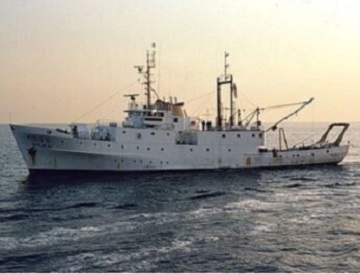
Groundfish Trawl Task Force – Finding common ground on fisheries data
Building consensus between commercial fishermen, conservationists and marine regulators is no easy task. But a long, patient effort led by Congressman Seth Moulton’s office seems to be making progress,,, For years, NOAA has relied on data from two research trawlers. The Albatross IV was used between 1963 and 2008, and the Bigelow since then. NOAA currently combines data from both vessels when making regulatory decisions. That is despite the often-flawed data supplied by the Albatross IV over the years. The Albatross IV was at the center of the “Trawlgate” controversy of the early 2000s, when NOAA scientists had to concede the trawler used the wrong nets, likely missing hundreds of thousands of fish. Yet regulators stood by that data to set low catch limits based on the admittedly flawed numbers. >click to read< 10:25



































